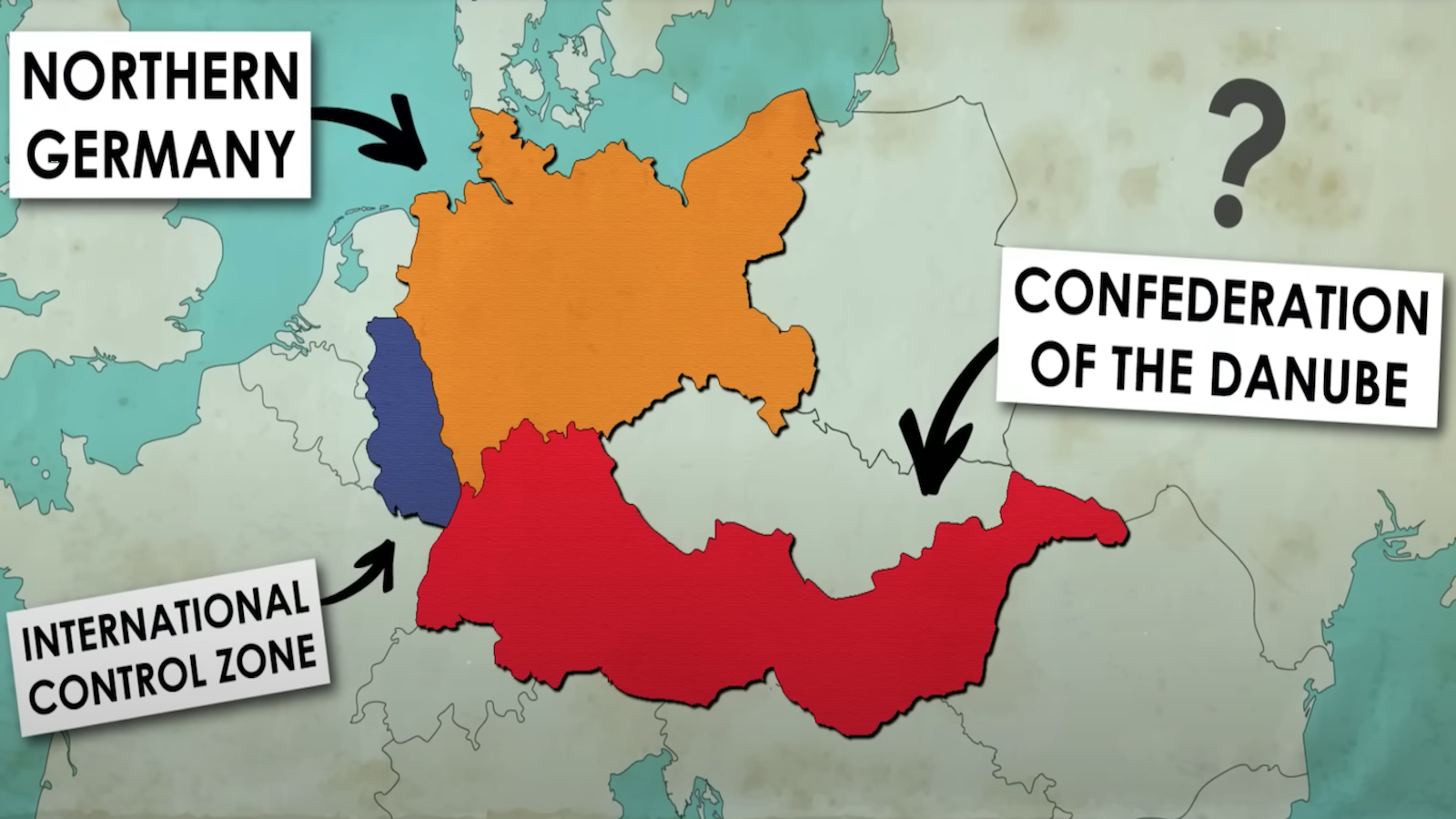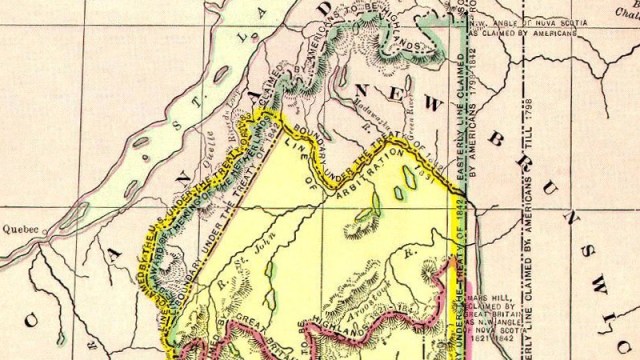114 – Exclaves of West Berlin (3): the Böttcherberg Troika
n
The Berlin neighbourhood of Wannsee is situated on an island cut off from the mainland by a number of lakes and canals. Before the unification of both Germanys, the island was the southwesternmost part of West Berlin. But two salients of Potsdam (then East Germany) protrude onto the island from the south, bringing the heavily guarded East-West border onto the Wannsee island.
n
This map, an excerpt from a cadastral map of Berlin from 1953, shows the western protrusion and within that salient, three very small, oblong strips of land that belonged to West Berlin. These are the three Böttcherberg enclaves, sometimes counted together as one because of their small size (0,30 hectares in all), thus accounting for the difference in the number of former West Berliner enclaves in East Germany, some sources counting 10, others 12. Even when added up, the Böttcherberg troika have the smallest surface of them all. Earlier postings explain a bit about the peculiarities of the exclaves Erlengrund and Fichtewiese (#99) and Laßzinswiesen (#102).
n
Not much background information is to be found about the Böttcherberg exclaves, other than that all three probably were uninhabited, and that the northern one included part of a graveyard. The author of this intriguing website about the Berlin exclaves visited the site of the Böttcherberg troika, concluding that “there must not have been much room for a no-man’s land between Böttcherberg SW and West Berlin, and even less so between Böttcherberg N and West Berlin. Remaining debris suggested that at least Böttcherberg N was part of the no-man’s land prior to 1989, but it should be really interesting to know if DDR authorities at any time respected the status of any of the Böttcherberg exclaves.”
n
The only comment I can add to that are that this troika is situated in an historically very interesting neighbourhood.
n
- n
- n
The Wannsee area is famous as a holiday and sunbathing locale, and infamous as the place where in January 1942, senior Nazis met to plan the Endlösung(the ‘Final Solution’) for exterminating Europe’s Jews.
n
- n
Wannsee is also the place where in November 1811, the German romantic poet Heinrich von Kleist first shot and killed Henriette Vogel and then himself in a murder-suicide pact.
n
- n
Just to the south of both Potsdamer salients, across the Glienicker Brücke, lies the Potsdam district of Babelsberg, pre-World War II Germany’s equivalent to London’s Ealing Studios or
nRome’s Cinecittà, and at present again a centre of German filmmaking. - n
The Glienicker Bridge itself was used three times to exchange captured agents between East and West, which is how it earned its nickname as ‘Bridge of Spies’. In 1962, Gary Powers, the U2 pilot shot down over the USSR in 1960, was exchanged for a Russian colonel. In 1985, 23 American agents held in Eastern Europe were exchanged for 4 Soviet agents in the West. And in 1986, Soviet dissident Anatoly Sharansky (currently the Israeli politician Nathan Sharansky) and three others were traded for 5 Soviet agents.
n
- n
On the former East German side of the Glienicker Bridge, lies the small settlement of Steinstücken, the largest of West Berlin’s exclaves.
n
n
n
n
n
n
n






